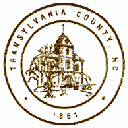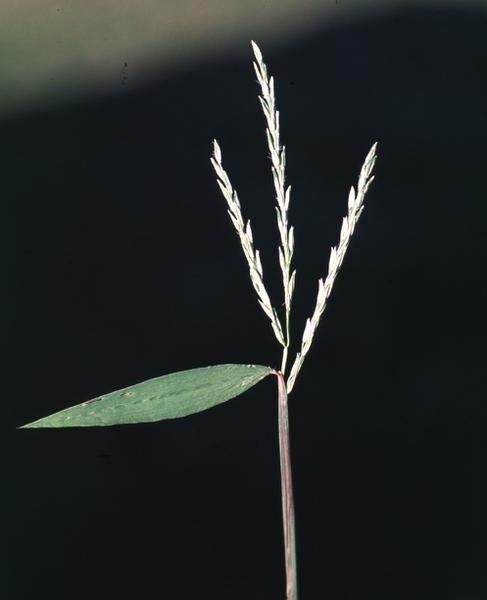Japanese Stiltgrass, It’s Time to Go
go.ncsu.edu/readext?735768
en Español / em Português
El inglés es el idioma de control de esta página. En la medida en que haya algún conflicto entre la traducción al inglés y la traducción, el inglés prevalece.
Al hacer clic en el enlace de traducción se activa un servicio de traducción gratuito para convertir la página al español. Al igual que con cualquier traducción por Internet, la conversión no es sensible al contexto y puede que no traduzca el texto en su significado original. NC State Extension no garantiza la exactitud del texto traducido. Por favor, tenga en cuenta que algunas aplicaciones y/o servicios pueden no funcionar como se espera cuando se traducen.
Português
Inglês é o idioma de controle desta página. Na medida que haja algum conflito entre o texto original em Inglês e a tradução, o Inglês prevalece.
Ao clicar no link de tradução, um serviço gratuito de tradução será ativado para converter a página para o Português. Como em qualquer tradução pela internet, a conversão não é sensivel ao contexto e pode não ocorrer a tradução para o significado orginal. O serviço de Extensão da Carolina do Norte (NC State Extension) não garante a exatidão do texto traduzido. Por favor, observe que algumas funções ou serviços podem não funcionar como esperado após a tradução.
English
English is the controlling language of this page. To the extent there is any conflict between the English text and the translation, English controls.
Clicking on the translation link activates a free translation service to convert the page to Spanish. As with any Internet translation, the conversion is not context-sensitive and may not translate the text to its original meaning. NC State Extension does not guarantee the accuracy of the translated text. Please note that some applications and/or services may not function as expected when translated.
Collapse ▲Microstegium vimineum, commonly called stiltgrass, Japanese stiltgrass, Nepalese browntop, or bamboo grass, has become an extremely invasive summer annual grass in Transylvania County. Eradicating this weed has been the topic of several conversations with clients at the N.C. Cooperative Extension of Transylvania County office in recent weeks so we thought an article on removing this plant from your property would useful.
Documentation shows this grass from Asia was accidentally introduced into Tennessee in 1919 in the form of packing material in shipments of porcelain from China. It has spread throughout the Southeastern US and is now a thriving non-native invasive weed in 26 states.
Infestations typically begin with seeds sprouting in disturbed sites. Once established, seeds spread to undisturbed areas including stream banks, flood plains, forest edges, roadsides, swamps, garden beds, and lawns, in other words, everywhere in Transylvania County. This moisture-loving shade tolerant grass spreads both vegetatively and by seed. It is a prolific seeder where each plant may produce 100 to 1,000 small elliptical-shaped seeds that mature from September to
December. The seeds are moved by animals, people, and water and remain viable in the soil for up to 6 years.
Resembling a small bamboo plant, stiltgrass is erect or prostrate and freely branched with spreading stems that may root at the nodes forming more plants. The wiry green to purple stems are stiff and can climb over and through other plants reaching more than 3 feet in height. Alternate flat narrow slightly hairy leaves, 2 to 4 inches in length, project outward from the stem. A distinctive feature of this grass is the pale stripe of hair along the midrib of the upper leaf surface. The visible flowers are 3-inch spikes and appear from August to October.
Even if you are not a gardener, stiltgrass should be removed from your property. It displaces native and desirable plants and can take over large areas in a very short amount of time.
Eradication can be handled in several ways through cultural, mechanical, and chemical methods. Cultural controls include removing it as soon as you see it, thickly mulching landscape beds to prevent seed germination, cleaning up dead plants that may still have seeds or flowers, and maintaining a healthy lawn to prevent weeds from taking hold.
Mechanical controls include hand weeding and mowing. Because stiltgrass has a shallow, fibrous root system, hand weeding small areas is easy and it can be quite rewarding to yank out large fistfuls of the grass. But unless you really enjoy pulling weeds, larger areas will require another approach. Mowing or a weed trimmer can be used in the late summer in areas where it is appropriate. Cutting the plant at or close to ground level will help prevent re-sprouting. Once flowers are visible, the plant may already have seeds that will mature even if the plants are mowed or pulled so don’t wait for the flowers to begin cutting the plants. If you see flower heads on your cuttings, put the dead plants in the trash, do not compost them. If the plants have been mowed throughout the growing season they will remain prostrate but still may form seeds so don’t stop mowing until after the frost kills the plants. And no, deer do not eat stiltgrass, so leaving it for them is not an option.
Chemical options are available but few herbicides are specifically labeled for Japanese stiltgrass control. Glyphosate, found in Round-Up® and many other products, is effective by using the lowest recommended concentration in water. Glyphosate is a non- specific herbicide, so be sure to protect any other plants that may be damaged or killed. Two treatments may be needed to be totally effective. Be sure to read label directions. If there are broadleaf (non-grass) plants such as ferns and hostas that you do not want to damage or prefer not to use glyphosate, there are products available that specifically target grasses and do not kill broadleaf herbaceous plants. The active ingredients in these products are Sethoxydim and Fluazifop-P-Butyl. Some tradenames for these products include Bonide Grass Beater Over-the-Top Grass Killer®, Hi-Yield Grass Killer®, Southern Ag Vantage Grass Killer®, Poast, and Ortho Grass B Gon Garden Grass Killer®. When used according to the label directions, these herbicides will not damage most non-grass ornamental plants.
Even if you have taken the steps above to kill the plants this year, using a pre-emergent in the spring for those seeds still in the soil is a good idea. Stiltgrass seed germination in spring can be controlled by using a pre-emergent herbicide that are often labeled as crabgrass preventers. Stiltgrass seeds germinate in mid-March to early April, which is a few weeks before the crabgrass seeds germinate so pre-emergent herbicides should be applied in late February in Transylvania County. Rainfall or watering in is required to dissolve the herbicide which is then absorbed into the upper portion of the soil and forms a barrier that kills weed seedlings. This method should not be used in areas where you will be spring planting seed for vegetables, flowers, lawn grass, or crops as it will prevent their germination too. Pre-emergence herbicides that are shown to be effective on stiltgrass are trifluralin, trade name Preen®, or crabgrass prevention products containing dithiopyr, oryzalin, pendimethalin, oxadiazon.
In conclusion, if you have stiltgrass on your property, head outside before the end of the month to pull, mow, weed whack, or spray the plants and mark your calendars for the application of a pre-emergent next February. If you have any questions on this topic or other related gardening topics, contact the N.C. Cooperative Extension, Transylvania County Center at 828.884.3109 or stop in at 106 E. Morgan St., Brevard.





